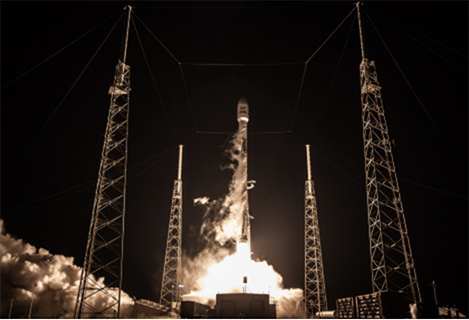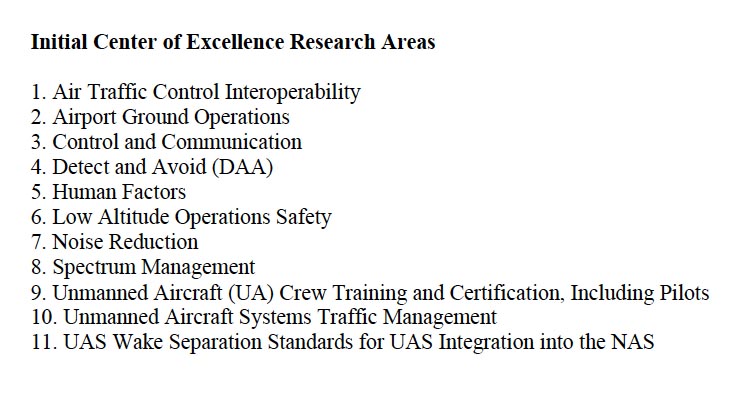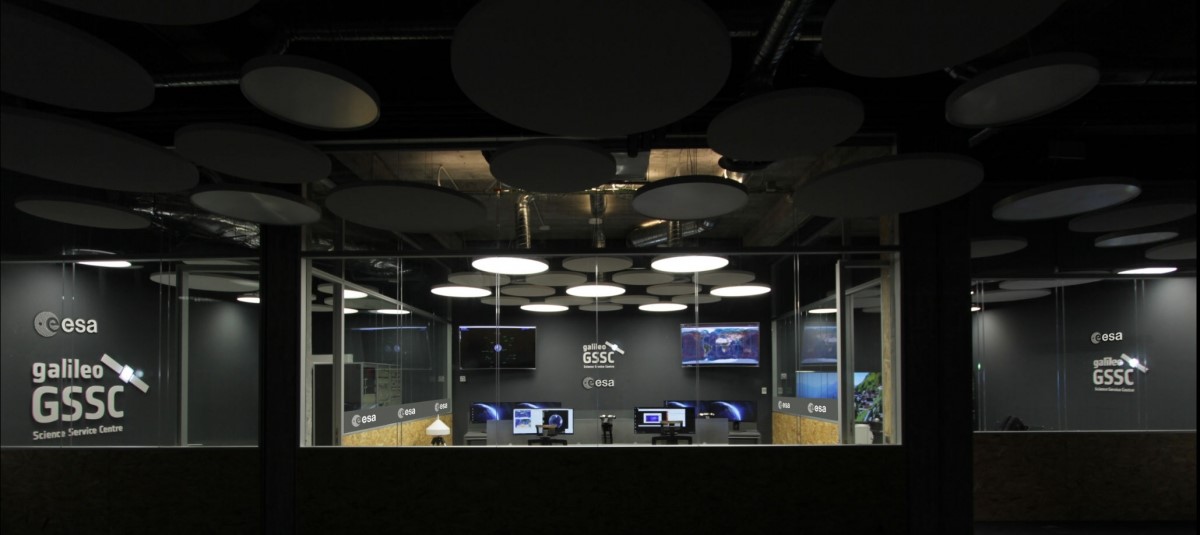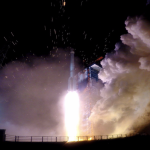SES has announced that its newest satellite, SES-12, is now ready to serve its video, fixed data, mobility and government customers across Asia-Pacific and the Middle East.
The powerful satellite, which is designed with state-of-the-art wide beams and high throughput beams, will join SES-8 at 95 degrees East. SES-12 is the latest satellite that SES has launched to that orbital position where it will operate under the authority of the Kingdom of the Netherlands. The all-electric satellite will replace and augment the services currently being provided on SES’s NSS-6 satellite.
SES-12 is SES’s third hybrid satellite with both wide beams and high throughput payload. Like SES-14 and SES-15 which serve the Americas, the SES-12 high throughput payload is SES’s solution for enhancing cost-effective connectivity solutions for aeronautical and maritime customers across Asia-Pacific and the Middle East, according to the company. SES-12 will also be pivotal in enabling governments to provide connectivity programs to bridge the digital divide, and in allowing telcos, mobile network operators and internet service providers to deliver reliable and enhanced cellular backhaul and faster broadband services.
Ruy Pinto, Chief Technology Officer at SES said, “We are excited that SES-12 is now ready to serve our customers in Asia-Pacific and the Middle East, and would like to thank the Airbus and SpaceX teams for their hard work on making this possible. SES-12, with its high performance capacity, will be able to offer much more reliability and flexibility to our customers and enable them to deliver premium services.”
SES-12 has six wide beams and 72 high throughput user spot beams, and also has a Digital Transparent Processor (DTP) to increase payload flexibility to provide much more customizable bandwidth solutions to SES customers. The all-electric SES-12 spacecraft was built by Airbus Defence and Space, and launched by SpaceX. It will join SES’s network of seven geostationary satellites and 16 MEO satellites across Asia-Pacific and the Middle East.
Over the next decade, high throughput satellites (HTS) such as SES-12 are also anticipated to be a driving force behind the steady roll-out of connected vessels and cruise liners, according to SES. The total number of maritime in-service terminal in Asia is expected to more than double from 73,000 in 2017 to over 175,000 by 2026.
According to the SES website, in the next decade, Asia will witness the largest growth in enterprise VSAT sites at 7% CAGR to reach almost 1 million by 2026. Governments who want to bridge the digital divide and launch connectivity programs will be the key growth driver, followed by banking, and SES-12 will be key in meeting this demand. With over 1 billion people lacking 3G/4G coverage, Asia reportedly will lead the cellular backhaul via satellite growth.
SES is a leading satellite operator and the first to deliver a differentiated and scalable GEO-MEO offering worldwide, with more than 50 satellites in Geostationary Earth Orbit (GEO) and 16 in Medium Earth Orbit (MEO).






